QSpice Unleashed: Elevating the LTSpice Legacy in Electronic Simulation
For years, LTSpice has been a very popular peice of simulator software, which offers the simulation of analog circuits for electronics enthusiasts and enginners, providing a reliable platform for circuit simulation. Its free software domain and user-friendly interface made it a favorite among analog circuit designers. However, like all good things, LTSpice's development seemed to have reached a standstill, leaving a void in the community. But as the saying goes, "When one door closes, another opens!" Enter QSpice - the modern successor to LTSpice, promising a new era of advanced simulation capabilities.
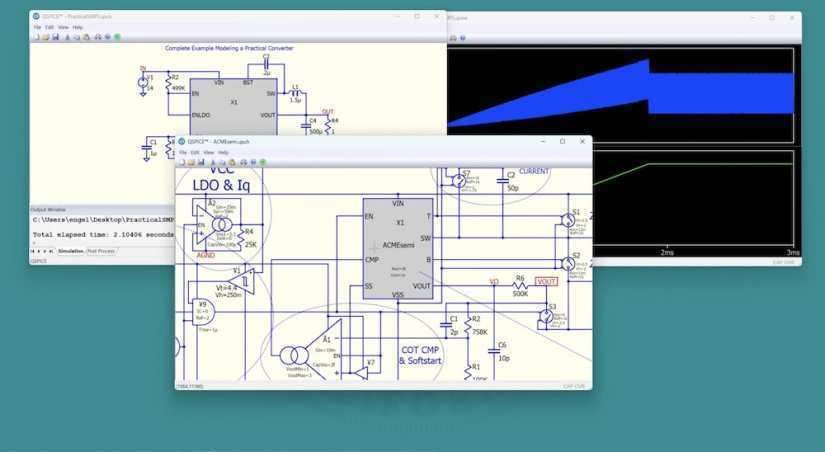
The recent article by Dave Roundtree on Hackaday sheds light on this new development, offering a comprehensive overview of QSpice's features and its potential impact on the electronics simulation domain. As we delve deeper into this article, we'll explore the legacy of LTSpice, the emergence of QSpice, and what it holds for the future.
Background of LTSpice
LTSpice, over the years, has carved a niche for itself in the world of electronics. Its significance is not just limited to its functionality but also its accessibility. Being a free tool, it democratized the realm of circuit simulation, allowing both professionals and hobbyists to bring their designs to life virtually before any physical implementation.
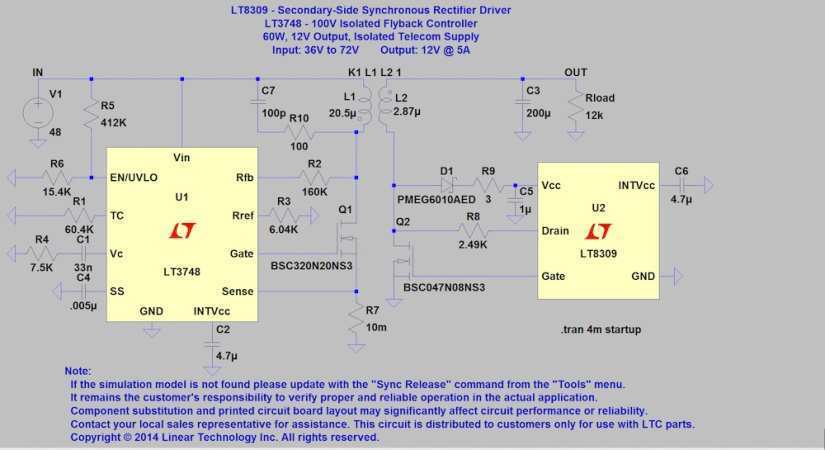
Its widespread adoption can be attributed to its intuitive interface, accurate simulations, and a vast library of components. However, as technology advanced and the demands of the users grew, LTSpice began to show its age. The once-revered tool started facing challenges in terms of compatibility with modern components and the evolving needs of the electronics community. The stalling of its development was a concern for many who relied on it for their simulation needs.
But as with any technology, evolution is inevitable. The emergence of QSpice promises to fill the gap left by LTSpice, bringing with it modern features and enhanced capabilities. But before we delve into what QSpice offers, it's essential to understand the legacy of LTSpice and the foundation on which QSpice is built.
Unveiling QSpice
While LTSpice's legacy is undeniable, the electronics world was abuzz with anticipation when whispers of its successor, QSpice, began to circulate. Developed by the same mastermind, Mike Engelhardt, QSpice is not just a mere update but a significant leap forward in circuit simulation.
Under the aegis of Qorvo, a renowned name in the electronics industry, QSpice has been crafted to address the modern challenges faced by designers. It's not just a tool; it's a testament to the evolution of simulation software, designed to cater to the intricate needs of today's complex circuits.

At first glance, one might find semblances between LTSpice and QSpice, especially in certain visual aspects. However, a deeper dive reveals a plethora of enhancements. From its improved simulation engine that boasts of speed and accuracy to its native support for cutting-edge semiconductor types, QSpice is set to redefine the standards of circuit simulation.
One of the standout features is its emphasis on power integrity and noise analysis. In an age where power consumption and efficiency are paramount, this focus is a boon for designers working on high-power systems. Additionally, the introduction of behavioral modeling using Verilog and C++ positions QSpice as a true mixed-mode simulator, bridging the gap between digital and analog designs.
Features and Improvements
QSpice isn't just a successor in name; it brings a suite of features that make it a formidable tool in the realm of circuit simulation. Let's delve into some of the standout improvements that set it apart:
- Enhanced Usability: QSpice offers a more intuitive user experience, shedding some of the quirks of LTSpice. The transition to a more conventional cut-n-paste flow makes it more user-friendly, especially for newcomers.
- Modern Semiconductor Support: With the electronics industry rapidly evolving, QSpice ensures it stays ahead of the curve. It introduces native support for modern semiconductor types, notably wide bandgap materials like SiC, catering to the needs of advanced circuit designs.
- Power Integrity and Noise Analysis: In today's high-power systems, ensuring power integrity and minimizing noise are critical. QSpice places a special emphasis on these aspects, providing designers with tools to optimize their circuits for maximum efficiency and performance.
- Behavioral Modeling: One of the standout features of QSpice is its support for behavioral modeling using Verilog and C++. This integration transforms QSpice into a mixed-mode simulator, allowing for seamless integration of digital and analog designs.
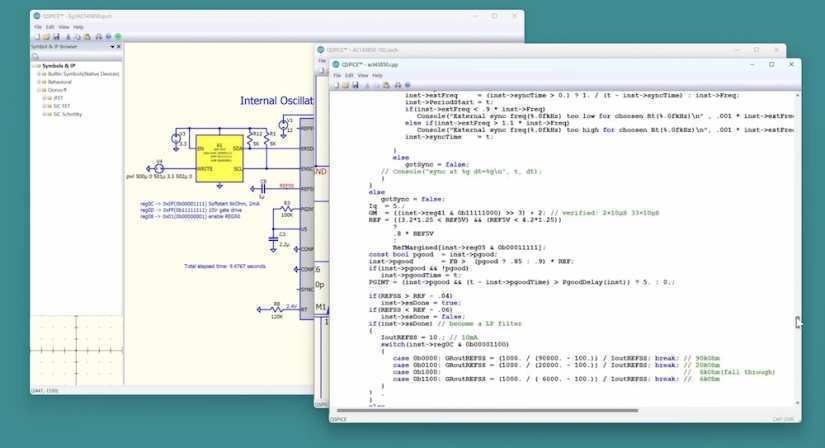
These features, combined with its improved simulation engine, make QSpice a tool that's not just an upgrade but a revolution in circuit simulation. Whether you're a seasoned LTSpice user or someone new to the world of circuit design, QSpice promises to offer a seamless and enhanced simulation experience.
Getting Started with QSpice
Transitioning to a new tool or software can often be daunting, especially when you've been accustomed to a particular workflow. However, QSpice makes this transition smooth and straightforward.
To get your hands on QSpice, a simple registration process is in place. While it requires email details to be submitted via a web form, it's a small step towards accessing a powerful simulation tool. Once registered, users are provided with a direct link to download the software, ensuring a hassle-free installation process.
For those who have extensively used LTSpice in the past, there might be a learning curve, but the intuitive design and improved features of QSpice make it worth the effort. Moreover, the community is eagerly awaiting a model converter that would allow importing LTSpice schematic/symbol files into QSpice, making the transition even smoother.
With a plethora of tutorials and resources available, both from the QSpice official site and the broader electronics community, getting started and mastering QSpice is a journey that promises to be both educational and rewarding.
Did you enjoy this article?
Make sure you subscribe to The Electromaker Show for similar content and subscribe to our monthly newsletter!





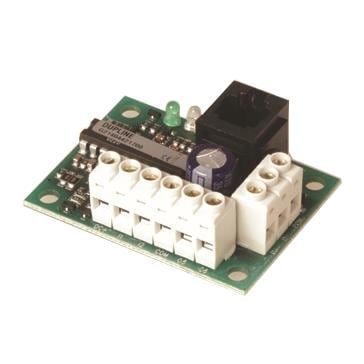
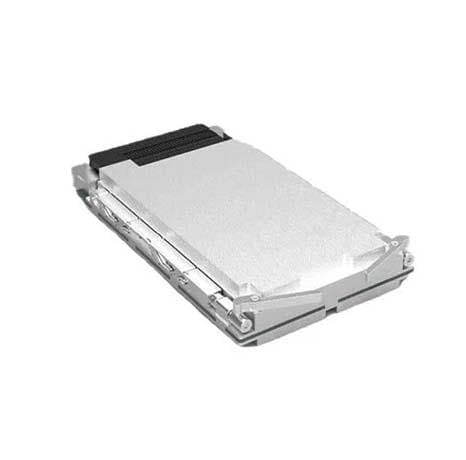

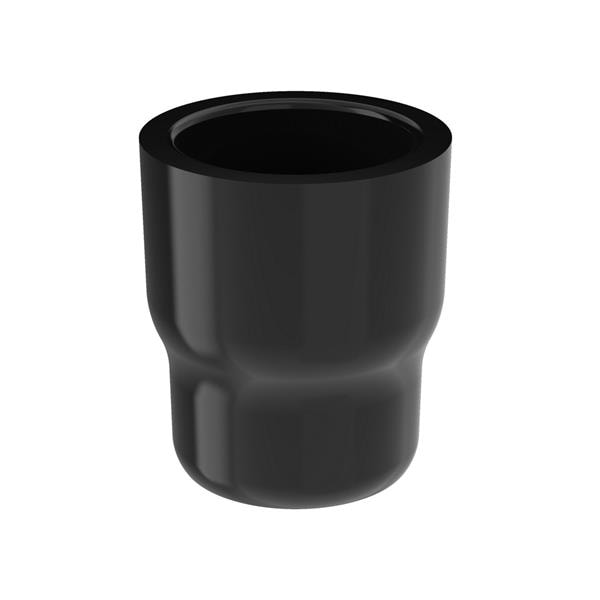
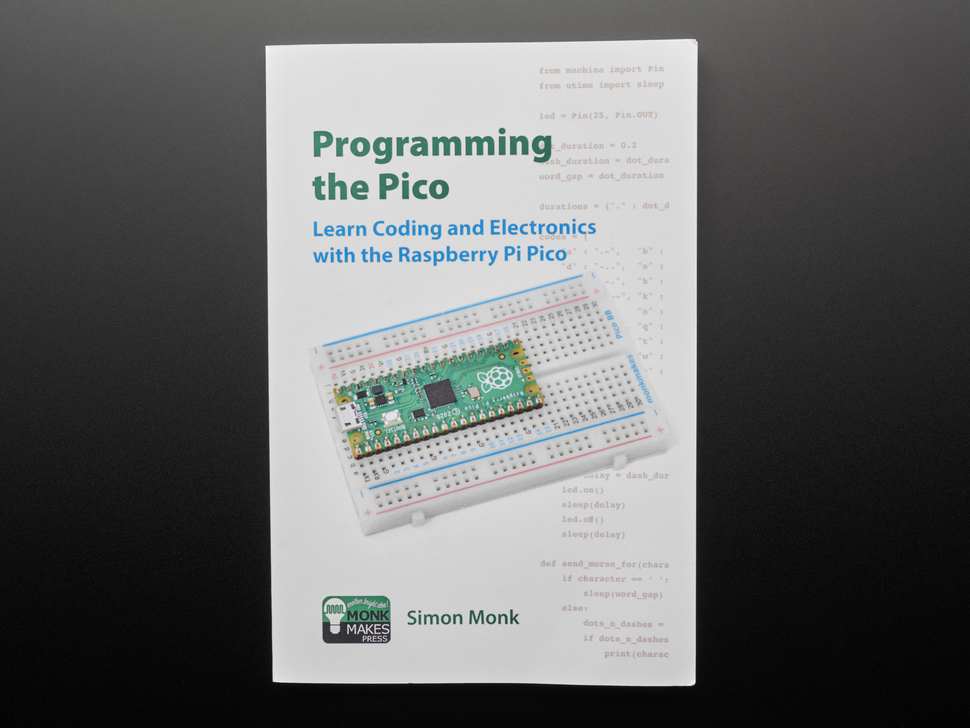
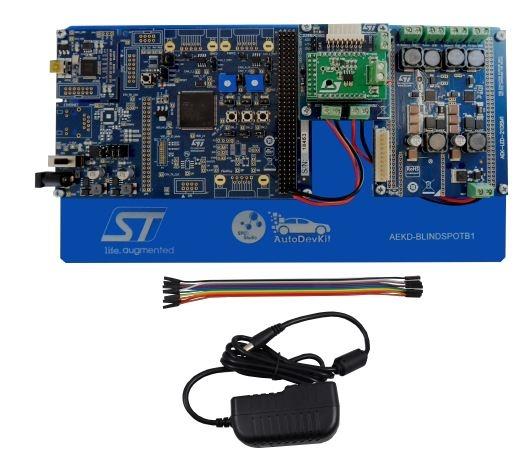
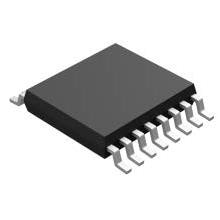
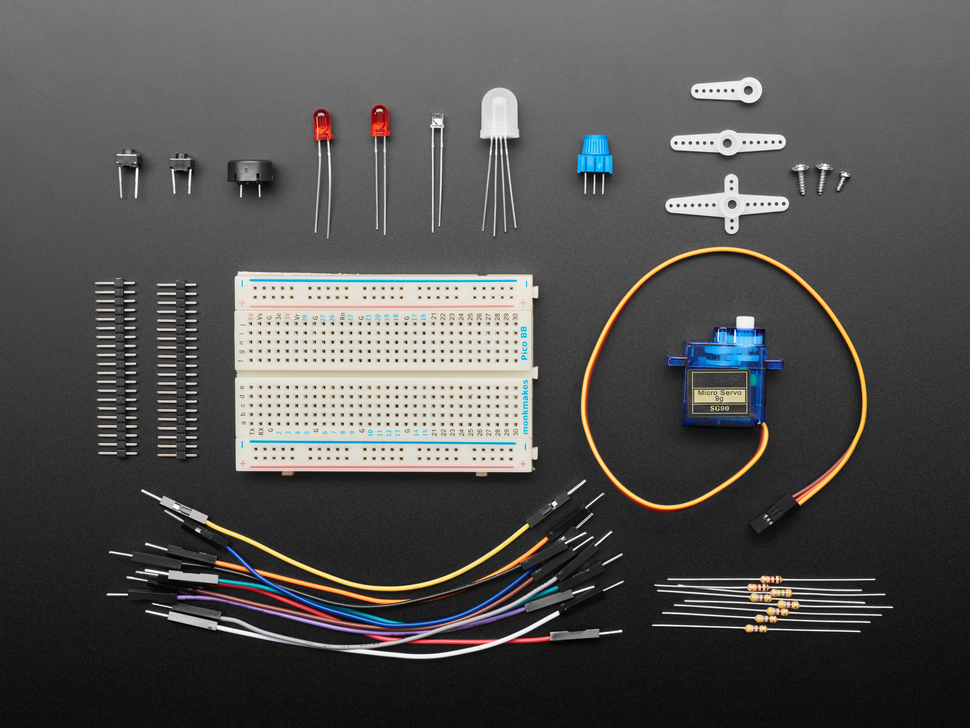



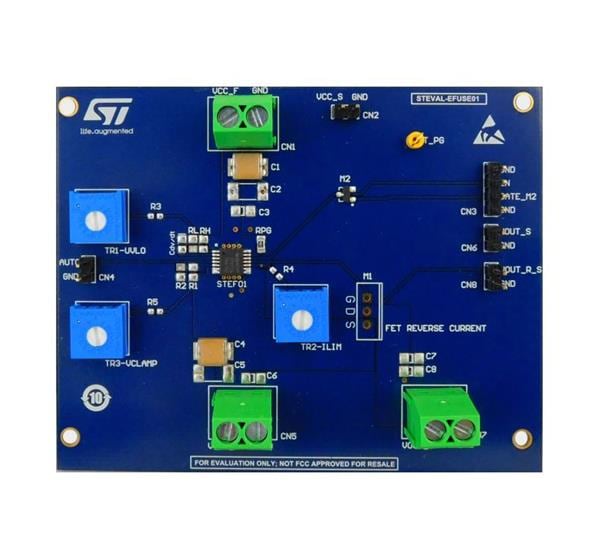
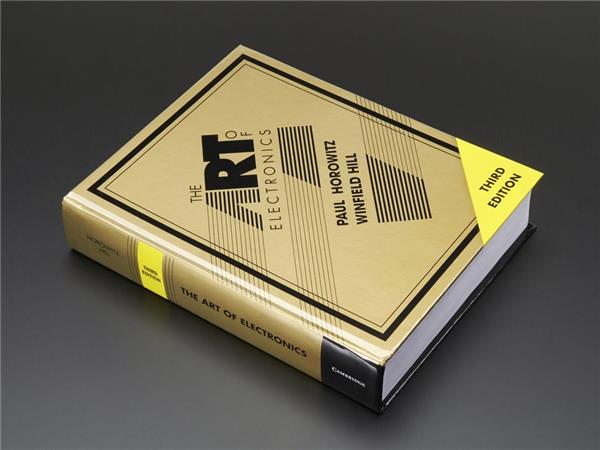



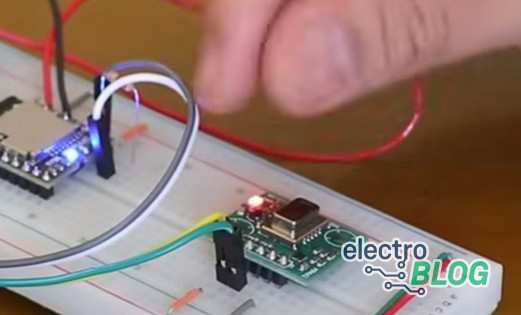



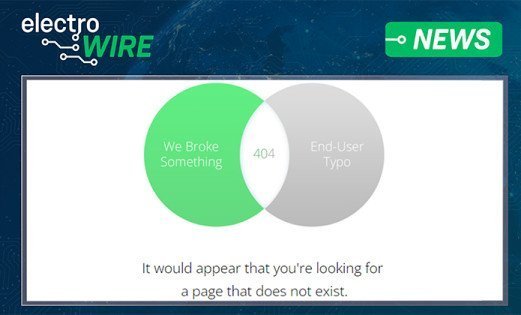
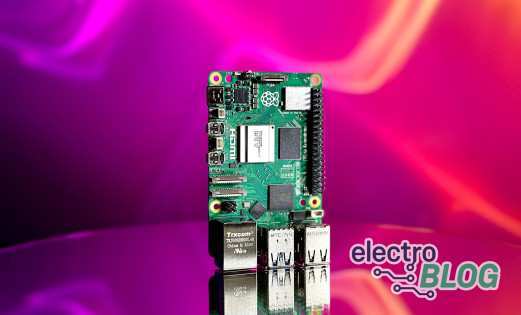
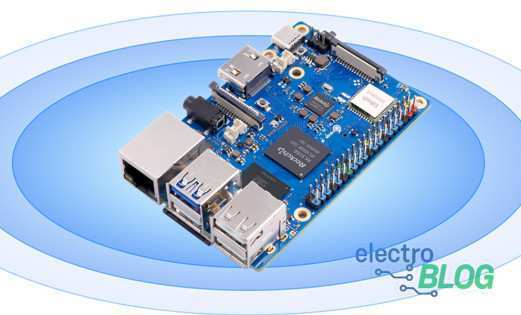

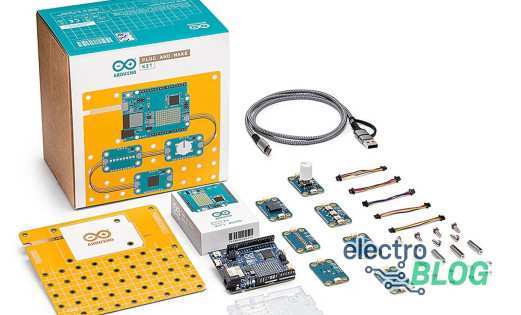

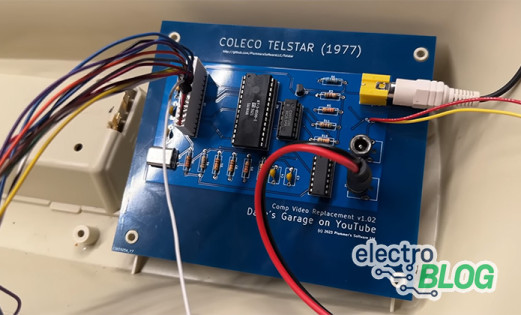


Leave your feedback...